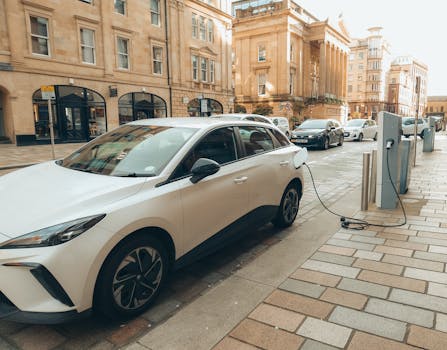
Smart Cities: Urban Trends for 2025
Smart Cities are at the forefront of innovation, leveraging technology to create sustainable, efficient, and livable urban environments. As we approach 2025, several key trends are emerging that will shape the future of these cities. Smart Cities are becoming increasingly important, as they offer a unique blend of technology, sustainability, and quality of life.
Section 1: Introduction to Smart Cities

Smart Cities are designed to provide a high quality of life for their citizens, while also being environmentally sustainable and economically viable. These cities use advanced technologies such as IoT sensors, data analytics, and artificial intelligence to manage and optimize their infrastructure, transportation, and services.
The concept of Smart Cities has been around for several decades, but it has gained significant traction in recent years, as cities around the world face increasing pressure to become more sustainable, efficient, and livable. From Smart Grids to Smart Transportation, the possibilities are endless.
Section 2: Urban Trends for 2025

So, what are the key urban trends that will shape the future of Smart Cities in 2025? Some of the most significant trends include:
- Sustainable Energy: Smart Cities will increasingly focus on renewable energy sources, such as solar and wind power, to reduce their carbon footprint and become more energy-efficient.
- Advanced Transportation Systems: Smart Cities will invest in advanced transportation systems, such as self-driving cars, hyperloops, and advanced public transit systems, to reduce congestion and improve mobility.
- Smart Buildings: Smart Cities will feature smart buildings that are designed to be energy-efficient, sustainable, and equipped with advanced technologies, such as IoT sensors and AI-powered management systems.
- Data-Driven Decision Making: Smart Cities will use data analytics and AI to inform decision making, optimize services, and improve the quality of life for citizens.
Section 3: Challenges and Opportunities

While Smart Cities offer many opportunities for innovation and growth, they also face several challenges, including:
- Cybersecurity: Smart Cities will need to invest in advanced cybersecurity measures to protect their infrastructure and citizens from cyber threats.
- Privacy: Smart Cities will need to balance the use of data analytics and AI with concerns about citizen privacy and data protection.
- Equity and Access: Smart Cities will need to ensure that all citizens have equal access to technology, services, and opportunities, regardless of their socio-economic background.
Section 4: Conclusion

In conclusion, Smart Cities are at the forefront of innovation, leveraging technology to create sustainable, efficient, and livable urban environments. As we approach 2025, several key trends are emerging that will shape the future of these cities, from sustainable energy to advanced transportation systems.
While there are challenges to be addressed, the opportunities for growth, innovation, and improvement in quality of life are significant. By embracing these trends and addressing the challenges, cities around the world can become smarter, more sustainable, and more livable for all citizens.






